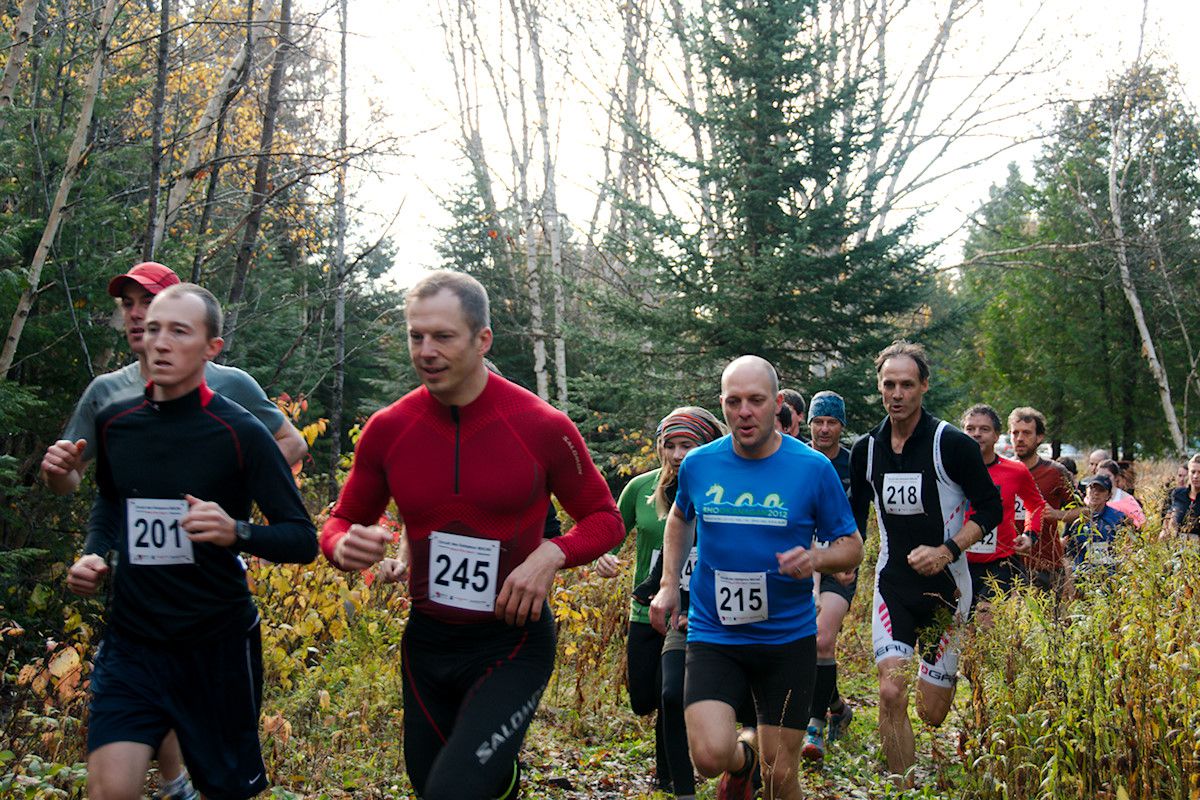
When I first got into blogging about this whole minimalist footwear thing, it was from a lifestyle perspective. I was using minimalist footwear as a tool in my everyday life to resolve some physical issues I was experiencing. I had, for the most part, given up on running and was pursuing activities that didn't hurt.
The funny thing is that what really propelled the whole minimalist movement forward was the runners. In fact, once people started becoming aware of the trend, they just naturally assumed that since I was blogging about minimalist footwear, that I must be a runner. Not just a runner, but an ultra marathoner. I remember one incident in particular where someone friended me on Facebook and started talking to me about ultra marathons - as if I ran them all the time.
I do run now, but it has been a cautious re-introduction after many years of building my body back to the point where I would feel comfortable trying again. This spring I ran my first half-marathon and was happy with the end results: I finished and no longer have any of my old nagging injuries.
So much of the debate that surrounds the barefoot/minimalist shoe world revolves around running and injury. One side can be found saying that running barefoot or nearly barefoot can reduce injury, the other side can be found saying "nope, you have no proof". Then there is the research that attempts to study the question and doesn't find any significant differences either way. Does this this mean that barefoot running is dead?
I like to look at things from a 90/10 perspective.
When you step back and look at health from a wholistic perspective, it is pretty clear that optimum health is not achieved by what you do 10% of the time, but what you do 90% of the time. It is my observation that the same rules generally apply to injury as well. Our propensity to get injured during activity is more affected by general lifestyle factors than it is by the activity itself. Usually, the activity (such as running) is just the straw that breaks the camel's back.
If you are a recreational runner and only run for an hour three times a week, that accounts for less than 2% of your time on a weekly basis. If you are an avid runner and you run 10 hours a week, that still only accounts for 6% of your time. If you are getting injured, you need to look at the whole picture - not just what is on your feet, and what your foot strike looks like.
Here are a few items to consider:
- What do you do when you are not training? Are you a couch potato?
- Are you eating a healthy diet? Or does your diet promote inflammation?
- How much sleep do you get? Is it good quality?
- What kind of training program do you follow?
- Do you get enough recovery between training sessions?
- How much stress are you under?
- Do you do any cross training? If so, what?
- What do you do for work?
- What kind of footwear are you wearing all day?
I would argue that the items in this list (and probably many more - as in everything else in your life) will have a greater affect on injury rates than footwear ever will. My theory is that when scientists don't see much difference between injury rates in minimalist runners and regular shod runners it is because on the average, there is the same distribution of lifestyles in both groups. (I think it would be interesting to see a study done that compares quantity of raw fruit/vegetable consumption against injury rates.)
I am going to go out on a limb here and say that if you take very good care of your body the other 90% of the time, you could learn to run in wooden clogs and still resist injury. Footwear is most certainly not the whole story. Don't get me wrong, I believe that minimalist footwear is an integral part of having healthy feet and a healthy body, irregardless of the activity. I do not, however believe it is a magic bullet.
Usually people who are passionate about an activity spend the vast majority of their time thinking about ways they can get an edge or improve in that activity. That is one of the reasons people like talking about gear so much. If there is a product and/or simple technique that claims to make you stronger/faster/better, then everyone listens. That's why things like footstrike and shoe type really sell. They are simple, actionable "sound bites" that can be easily grokked by the average mind.
Evaluating lifestyle and implementing long term changes however is much more difficult to do. It takes time and energy, but is going to ultimately be the more successful approach to injury avoidance. I see minimalist footwear as an integral part of a wholistic approach, but definitely not a quick fix.
If you are a runner and are looking for solutions to nagging injuries, minimalist footwear can help, but you need to look at the big picture - your whole lifestyle - in order to be truly successful.
